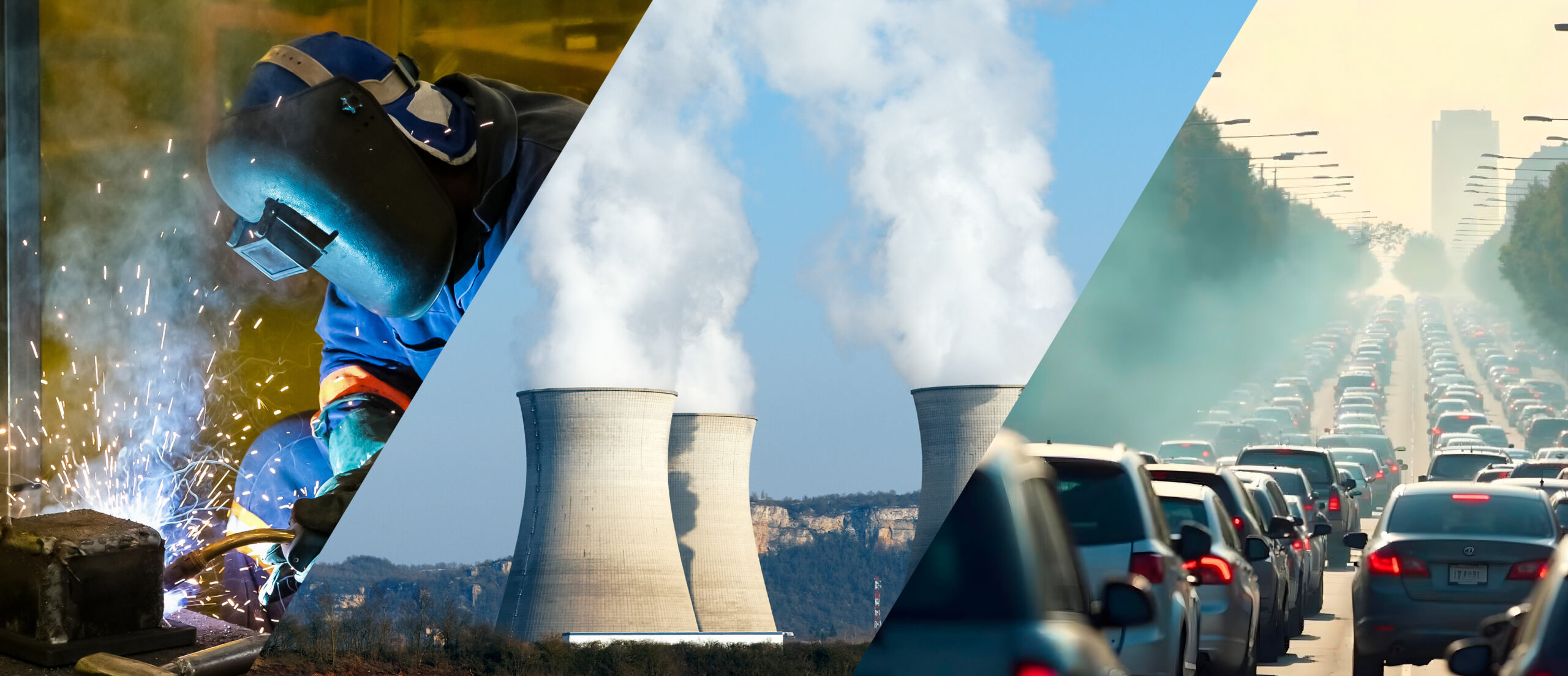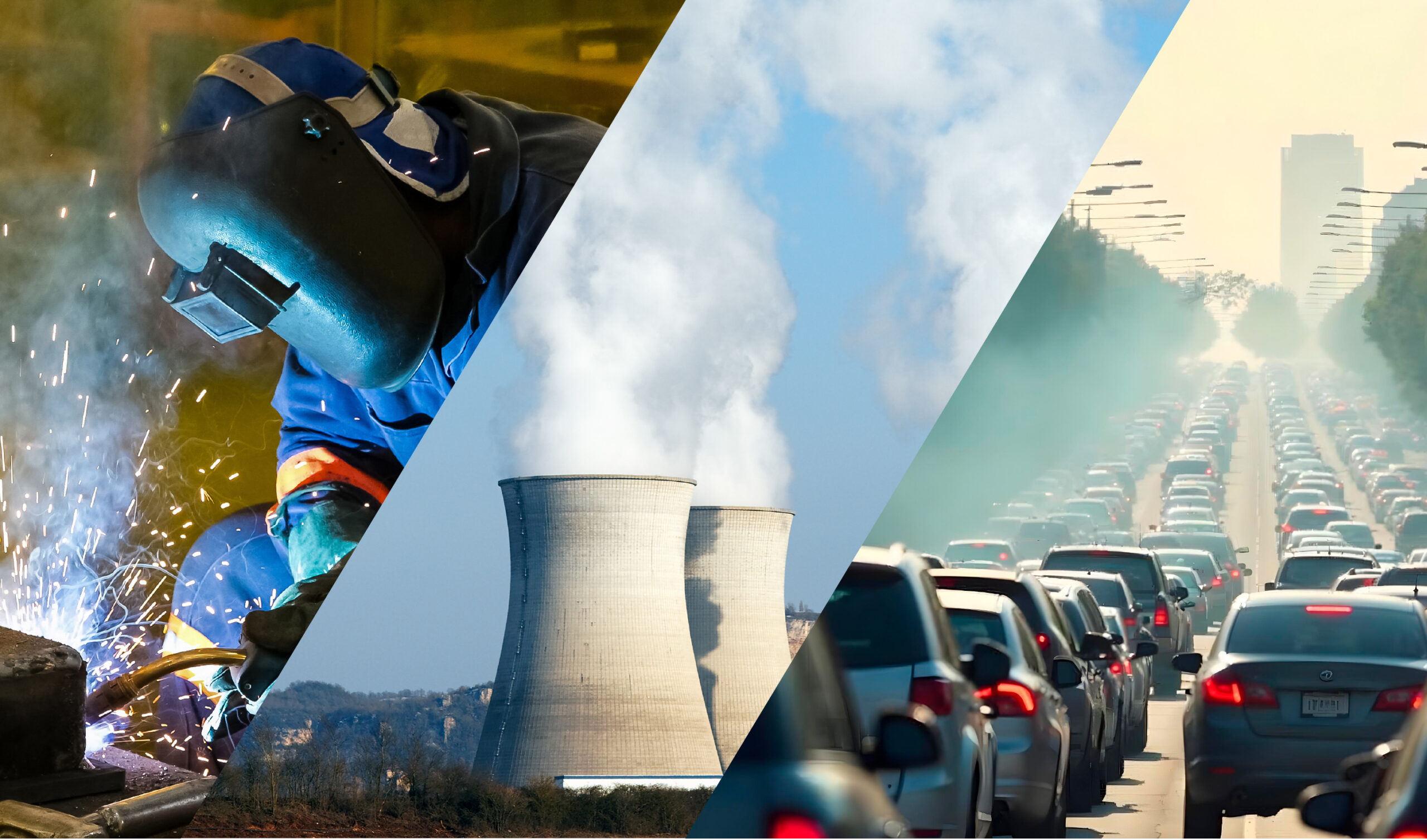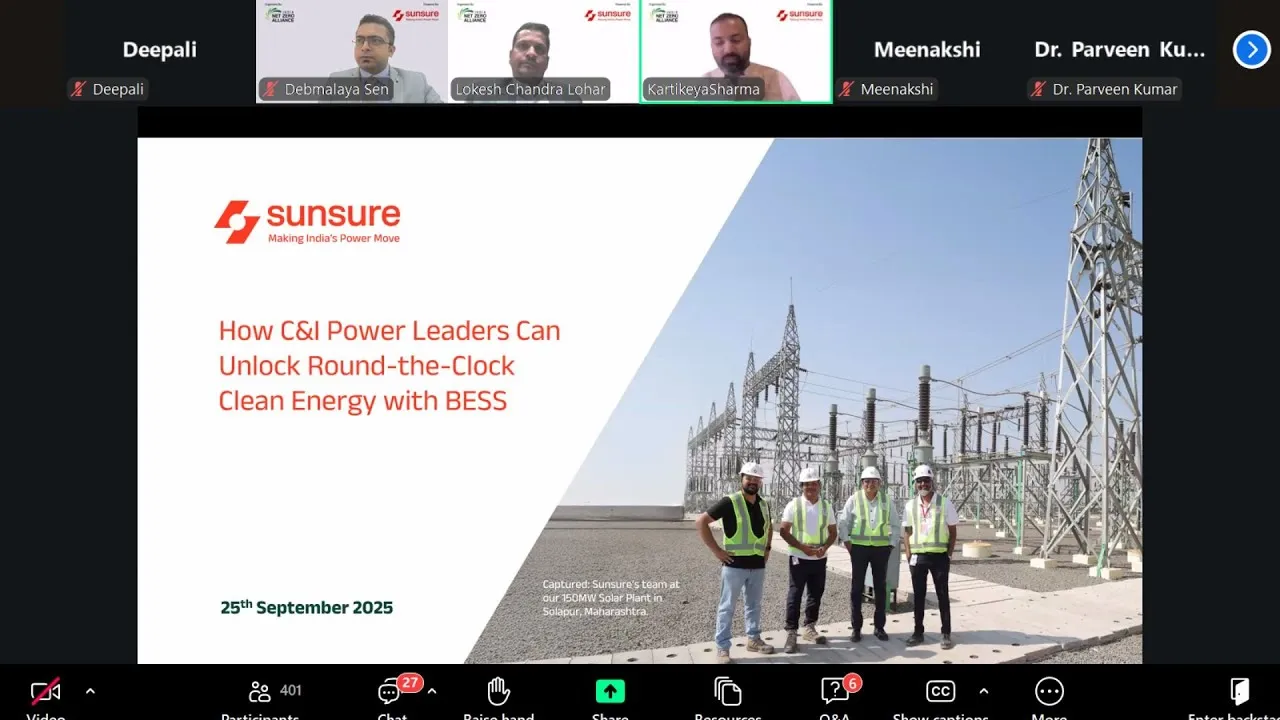Greenhouse gas emissions are the central challenge of our time – disrupting ecosystems, economies, and societies. Yet, to drive meaningful change, leaders must grasp the nuanced classification of these emissions: Scope 1 2 3 emissions. These categories highlight where emissions originate across a company’s operations and value chain, empowering businesses to deploy targeted strategies for decarbonization.
The sources of these emissions encompass everything from direct operational fuel use to purchased energy and the vast web of upstream and downstream activities – including production of purchased goods and services, employee commuting, and product lifecycle impacts. Notably, for many organizations, Scope 3 emissions represent the largest and most complex segment of their greenhouse gas footprint.
While Scope 1 and Scope 2 emissions are increasingly manageable through direct action – particularly the transition to renewable energy – Scope 3 remains a frontier still being fully mapped and addressed. However, effective management of Scope 2 emissions through clean energy adoption significantly strengthens a company’s overall carbon performance and creates momentum toward addressing the broader Scope 3 challenge.
What Are Scope 1 2 3 Emissions?
The Greenhouse Gas (GHG) Protocol, established by the World Resources Institute and the World Business Council for Sustainable Development, standardized these emissions categories in 2001. This framework provides the essential taxonomy for organizations worldwide to measure and manage their carbon impact with rigor and consistency. let’s understand what is scope 1 2 3 emissions.
- Scope 1 emissions are direct emissions from company-owned or controlled sources – from fuel combustion in boilers, vehicles, and industrial processes.
- Scope 2 emissions are indirect emissions from purchased energy – electricity, steam, heating, or cooling consumed by the company but generated elsewhere.
- Scope 3 emissions encompass all other indirect emissions occurring across the value chain – from raw material extraction and supplier operations to product use and end-of-life disposal.
Why Measuring Scope 1 2 and 3 Emissions Matters
Measuring scope 1 2 3 emissions is not merely an accounting exercise. For visionary businesses, it is foundational to strategic decision-making, risk mitigation, and long-term value creation.
- Baseline Assessment: Understanding current emissions is akin to a financial audit – critical to setting realistic, science-aligned reduction targets.
- Operational Efficiency: Identifying energy waste and inefficiencies translates directly into cost savings and improved competitiveness.
- Regulatory Preparedness: As climate-related disclosure requirements tighten globally, early adopters of measurement frameworks gain a regulatory and reputational advantage.
- Stakeholder Trust: Transparent emissions reporting enhances credibility with investors, customers, and partners demanding accountability.
- Innovation Driver: Emission data catalyzes innovation in product design, supply chain optimization, and business models aligned with the net-zero transition.
Scope 1 Emissions: Definition & Sector-Specific Examples
Out of the three types, scope 1 2 3 emissions, Scope 1 emissions are the most directly controllable and arise from activities owned or controlled by the company. Examples span multiple industries:
- Pharmaceuticals: Emissions stem from boilers, company vehicles, and chemical sterilization processes involving agents like ethylene oxide.
- Manufacturing: Stationary combustion from machinery and fuel-powered logistics fleets contribute significantly.
- Chemicals: Industrial reactions such as polymerization and curing release CO₂ and methane, alongside VOCs.
- Cement: Kiln operations and the calcination process generate substantial CO₂, alongside fossil fuel combustion.
- Data Centers: Diesel-powered backup generators and refrigerant leakage from cooling systems are notable sources.
- Steel: Blast furnaces and electric arc furnaces (when powered by on-site fossil fuel electricity) emit substantial GHGs.
Subscribe to our newsletter
Scope 2 Emissions: Definition & Industry Examples
Scope 2 emissions arise indirectly from energy purchased by the company. Across sectors, these emissions reflect the carbon intensity of regional grids and the company’s energy procurement choices:
- Pharmaceuticals: Energy used to power climate-controlled manufacturing environments.
- Manufacturing: Electricity consumption for operating machinery.
- Chemicals: Energy for polymerization and other processes.
- Cement: Electricity for grinding and steam drying.
- Data Centers: Electricity demands for servers and cooling infrastructure.
- Steel: Electrical input in furnaces and manufacturing.
It’s equally important for the above sectors to first understand what is scope 1 2 3 emissions of their respective businesses and then finding ways to reduce them. For scope 2 emissions particulary, transitioning to renewable electricity – whether through on-site generation, power purchase agreements (PPAs), or green tariffs – can rapidly decarbonize these emissions.
Scope 3 Emissions: Definition, Challenges & Examples
Scope 3 emissions are notoriously difficult to measure and influence because they extend beyond direct company control into upstream suppliers and downstream customers. Examples include:
- Pharmaceuticals: Emissions from raw material sourcing, transportation, product use, and disposal.
- Manufacturing: Supply chain logistics, product use-phase emissions, and end-of-life waste.
- Chemicals: Extraction, processing, and downstream product utilization.
- Cement: Raw material transport, construction use-phase, and disposal.
- Data Centers: Production and disposal of IT hardware, and energy consumption in third-party facilities.
- Steel: Raw material extraction and transportation, and processing energy beyond company boundaries.
It is critical to acknowledge that Scope 3 remains a work in progress for many companies, with evolving methodologies and data gaps. Yet, as companies increasingly decarbonize Scope 2 emissions, they establish a stronger foundation and influence to collaborate with suppliers and customers on Scope 3 reduction pathways.
GHG Protocol Compliance & Best Practices for Business Leaders
The Greenhouse Gas Protocol or GHG Protocol helps measure and manage greenhouse gas emissions. It was created in 1998 by the World Resources Institute and the World Business Council for Sustainable Development. The first standard was published in 2001.
The GHG Protocol categorizes emissions into three types: Scope 1 2 and 3 Emissions. It helps companies and countries track and reduce emissions. Many organizations use this protocol to meet climate goals, like the Paris Agreement signed in 2015. It is a global standard that makes it easier for everyone to work together to reduce pollution and protect the Earth.
Compliance with the GHG Protocol involves various steps. This process helps companies accurately measure and reduce their environmental impact. These are the steps:
● Step 1: Set Up a GHG Inventory Plan
Create a plan to track emissions. Decide how you will collect data on energy use and fuel consumption.
● Step 2: Define Company Boundaries
State which parts of your business are included in emissions tracking.
● Step 3: Establish a Base Year
Choose a typical year to compare future emissions against. Record all emissions for that year.
● Step 4: Track Emissions Across All Scopes
Count emissions from direct sources (Scope 1), purchased energy (Scope 2), and supply chains (Scope 3).
● Step 5: Use Carbon Accounting Software
Automate data collection for accuracy and efficiency.
● Step 6: Report Annually
Submit your emissions report each year, including data from the previous year.
● Step 7: Stay Updated and Review Progress
Follow updates to the GHG Protocol and regularly review your progress to adjust strategies as needed.
● Step 8: Set Achievable Targets
Align your goals with global climate objectives to ensure meaningful reductions.
Strategies to Reduce Scope 1, 2, and 3 Emissions via Renewable Energy
Reducing Scope 1 Emissions
Transitioning from fossil fuels to cleaner alternatives is foundational. Electrification of fleets – like Frito-Lay’s deployment of 150+ electric vehicles replacing diesel fleets – illustrates measurable impact. Similarly, switching boilers to renewable biofuels or green hydrogen unlocks direct emission cuts. Carbon offsets can supplement reductions but must be employed judiciously to avoid greenwashing risks.
Reducing Scope 2 Emissions
This is where renewable energy adoption shines. Corporate renewable PPAs, investment in on-site solar, and green tariffs empower companies to clean their energy consumption profile rapidly. Improved energy efficiency – through smart systems and modernized equipment — compounds benefits. Companies like Google and Microsoft have achieved near-100% renewable electricity consumption, setting industry benchmarks.
Reducing Scope 3 Emissions
The most complex but vital frontier. Companies must engage suppliers, incentivize renewable energy adoption, and foster transparent data sharing. Companies can then help suppliers switch to renewable energy by offering training and incentives to adopt solar or wind power. By focusing on renewable energy across the supply chain, companies can lower indirect emissions and contribute to a cleaner environment through a collaborative approach.
Addressing scope 1 2 3 emissions signals corporate responsibility beyond operational boundaries and drives systemic change.
Conclusion
For forward-looking organizations, understanding and managing Scope 1 2 and 3 emissions is no longer optional but strategic imperative. Renewables enable significant reductions in Scope 1 and 2 emissions, which in turn create the momentum and credibility to tackle Scope 3’s complexity.
By embedding these insights into corporate strategy, leaders reduce environmental impact, enhance operational resilience, and secure competitive advantage — all while advancing the global transition toward net zero.




